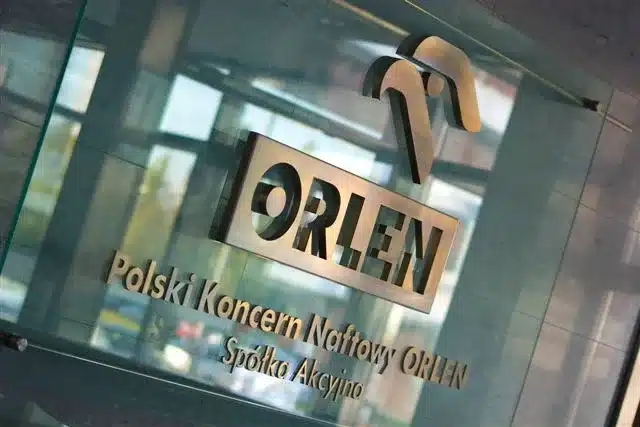PGNiG Upstream Norway from the ORLEN Group has begun oil extraction from the Tyrving deposit in the North Sea. The resource reserves are estimated to be around 25 million barrels, and their exploitation will be characterized by exceptionally low carbon dioxide emissions of 0.3 kg per barrel.
With the initiation of extraction from Tyrving, the number of deposits exploited by the ORLEN Group on the Norwegian Continental Shelf has increased to 20. The recoverable resources of the new deposit will be sufficient for approximately 15 years of production, which, at its peak, will reach 20 thousand barrels of oil equivalent per day.
Thanks to excellent cooperation with concession partners: Aker BP and Petoro, as well as suppliers and subcontractors, the extraction from Tyrving commenced significantly earlier. The initial start of exploitation of the deposit was planned only for 2025. The partners also managed to complete all work under the originally anticipated budget.
The Tyrving deposit consists of three structures: Trell, Trine, and Trell Nord, located about 2200 meters under the seabed, whose depth at this point is about 120 meters. The deposit is exploited through three drilling wells, which were connected by a submarine pipeline to the floating production storage and offloading (FPSO) unit Alvheim, anchored about 20 km west of the deposit. Other deposits belonging to PGNiG Upstream Norway – Skogul and Vilje, are already connected to the same unit.
The development of Tyrving is part of PGNiG Upstream Norway’s strategy, which involves concentrating activities within extraction hubs. This allows for more efficient use of the existing extraction infrastructure, reducing costs and accelerating the development of deposits. An additional benefit is the reduction in carbon dioxide emissions intensity associated with extraction. In the case of Tyrving, it is merely 0.3 kg CO2 per barrel of oil, while the average intensity on the Norwegian Continental Shelf is about 8 kg CO2 per barrel.
PGNiG Upstream Norway owns 11.9% of shares in Tyrving, the rest belongs to Aker BP (61.26%, operator) and Petoro (26.84%).
Source: https://managerplus.pl/pgnig-upstream-norway-rozpoczyna-niskoemisyjne-wydobycie-ropy-na-morzu-polnocnym-z-nowego-zloza-tyrving-44487
